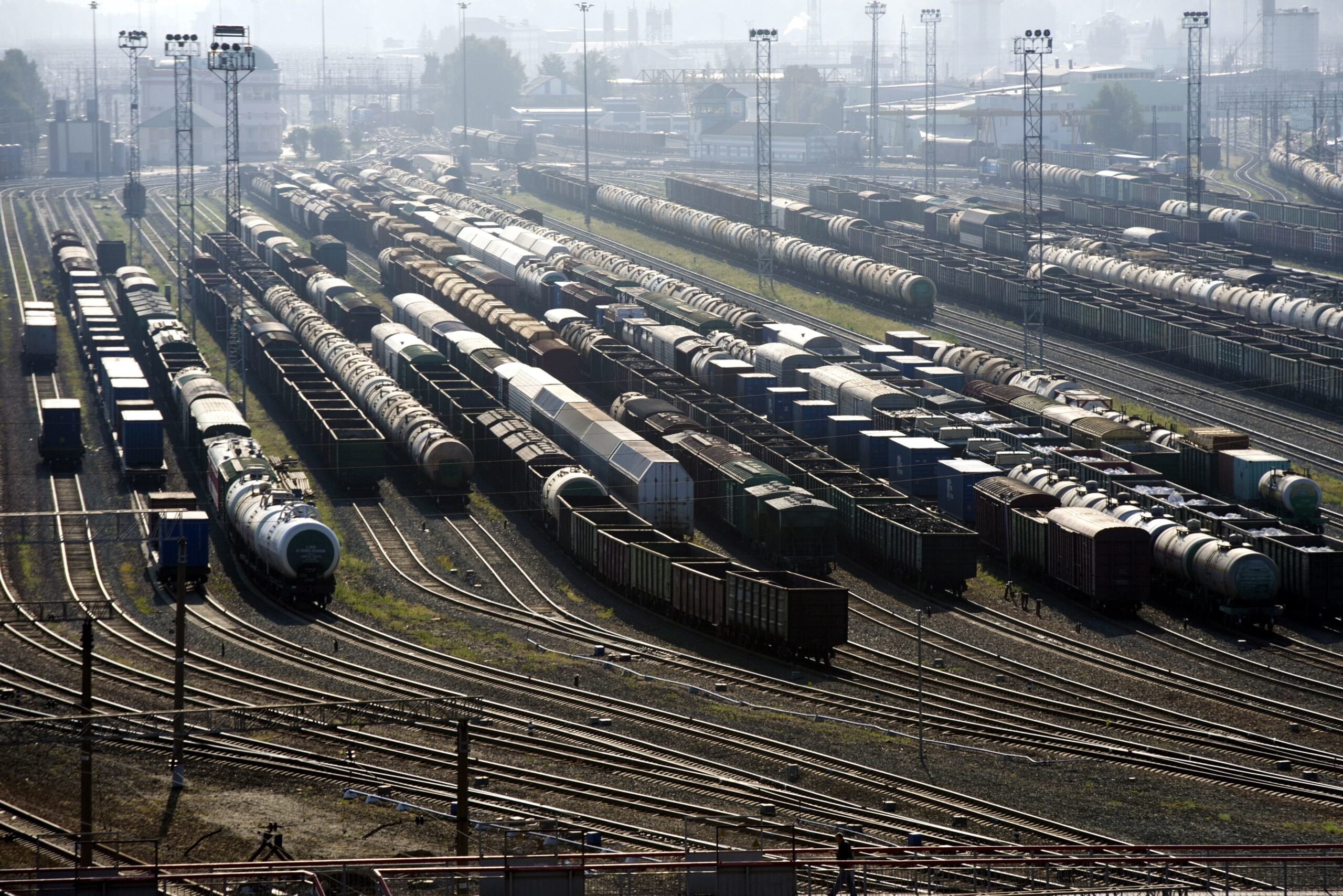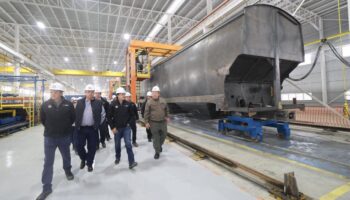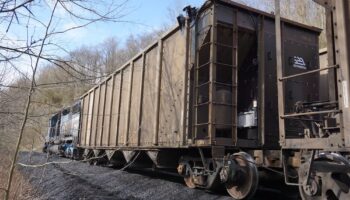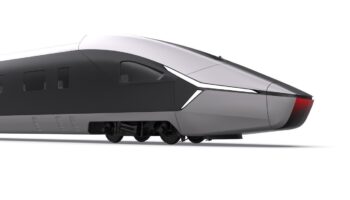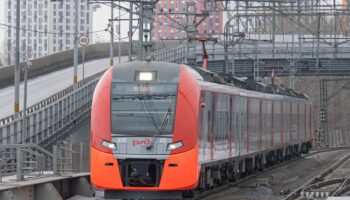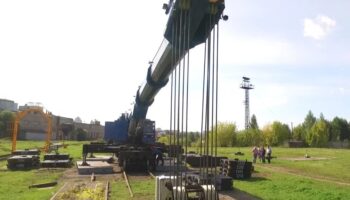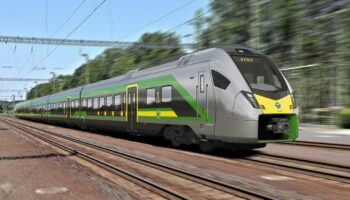Russia: This is 26% less than the volume of purchases in 2019-2021. The reduction will be mostly due to a slowdown in demand for gondola cars and low growth in freight traffic, the State Transport Leasing Company (GTLK) writes, citing INFOline forecasts.
Such data are presented in a detailed Russian railway transport outlook review, which was published by GTLK at the end of last year. According to the materials, currently the fleet of freight cars in Russia is 1.2 mln units and is one of the youngest in the world. Over the past ten years, the fleet has been significantly updated and modernized – the average age has been reduced from 16 to 12 years, including gondola cars – up to 9 years. In the fleet structure, the largest volume falls on gondola cars (48%), tanks (21%) and container flatcars (8%).
The GTLK freight cars fleet at the end of the 3rd quarter last year amounted to 98.1 thsd units, of which 73.6 thsd are gondola cars, 10 thsd are hopper cars, 9.2 thsd are platforms, 5 thsd are box cars(covered), 0.3 thsd – tank cars.
It is expected that in 2022, Russian market players will purchase 50.8 thsd cars, which will be the lowest over the past 5 years. However, in 2023-2024, demand will be even lower – at the level of 44 thsd cars per year.
The main impact will be created by a decline in demand for gondola cars. According to INFOline estimates, a significant volume of gondola cars production recorded in 2017-2019, with low level of its retirement, led to the fact that in 2022-2023 their purchases will decrease to 15 thsd units per year, but in 2024 demand will slightly recover, up to 18 thsd gondola cars.
The demand for boxcars will also be lower: according to INFOline forecasts, market participants will purchase less than 3,000 boxcars per year within 3 years. Additionally, a significant slowdown in demand for oil tank-cars is predicted in 2023-2024: the volume of their purchases will be 2.3-2.8 thsd against 4.1-4.2 thsd in 2021-2022.
According to INFOline, 2021 has become the peak year in terms of demand for container flatcars, and following its results, 22.2 thsd flatcars will be purchased. At the same time, already in 2022, demand will decrease by 8%, to 20.5 thsd flatcars, and in subsequent years it will fall even more significantly: in 2023, the market will need only 16.5 thsd new container flatcars, and 13.7 thsd in 2024.
In terms of transportation and cargo turnover, the INFOline experts expect that their growth rates will slow down to 1-2% due to the completion of recovery growth in the oil cargo segment after the completion of the OPEC+ deal. At the same time, the dynamic growth of container traffic and export shipments of fertilizers and grain cargoes will continue. Growth in demand for metals and building materials in the construction industry and manufacturing will support domestic transportation. “The key factors for increasing transportation and cargo turnover in the medium term will remain an increase in demand from China, an increase in oil production and refining in Russia, the high commodity prices maintenance, as well as the gradual removal of infrastructure restrictions and an increase in the traffic capacity of the Baikal-Amur Mainline and the Trans-Siberian Railway”, mentioned in the GTLK review.



